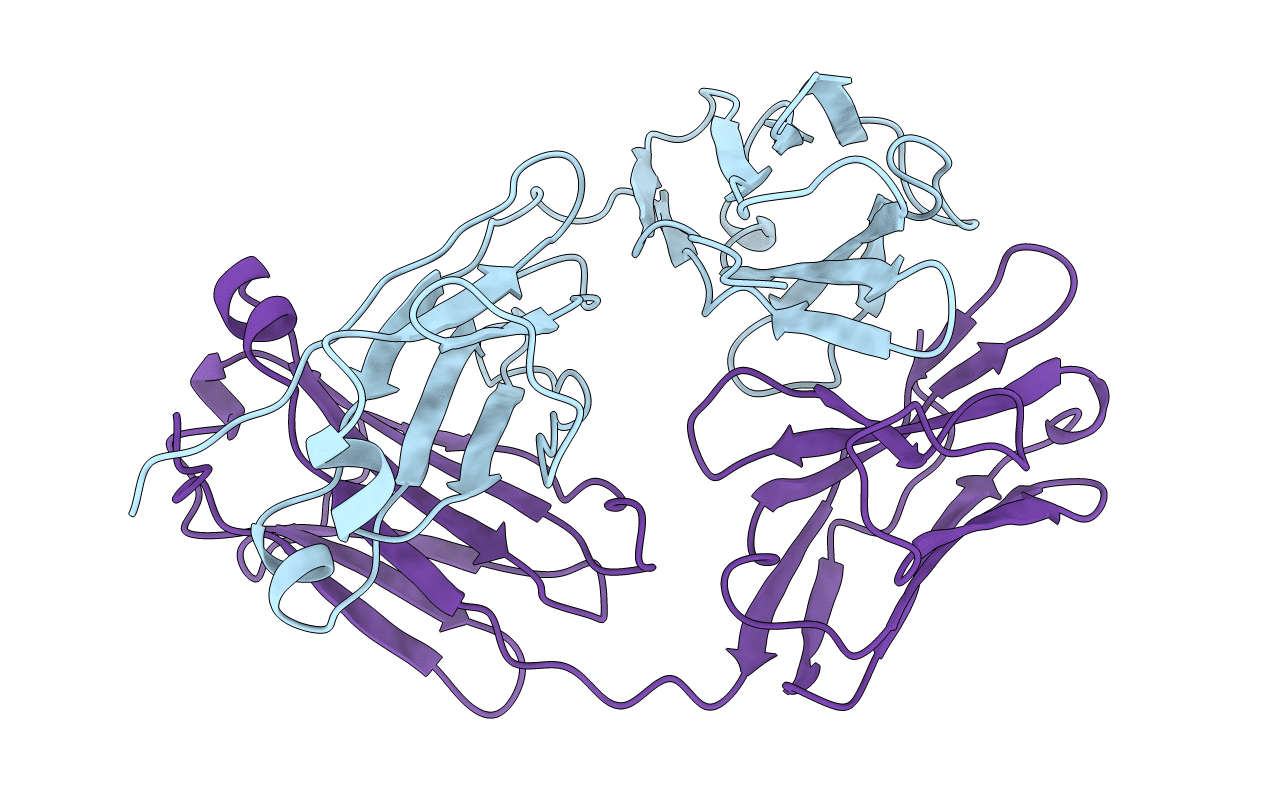
Deposition Date
1996-05-13
Release Date
1997-05-15
Last Version Date
2024-10-30
Entry Detail
PDB ID:
1LIL
Keywords:
Title:
BENCE JONES PROTEIN CLE, A LAMBDA III IMMUNOGLOBULIN LIGHT-CHAIN DIMER
Biological Source:
Source Organism:
Homo sapiens (Taxon ID: 9606)
Method Details:
Experimental Method:
Resolution:
2.65 Å
R-Value Free:
0.34
R-Value Work:
0.19
R-Value Observed:
0.2
Space Group:
P 21 21 21


